Nanoparticles can assist in treatment of Head and Neck Cancer patients by optimizing distribution of chemotherapy drugs for better outcomes and less side effects.
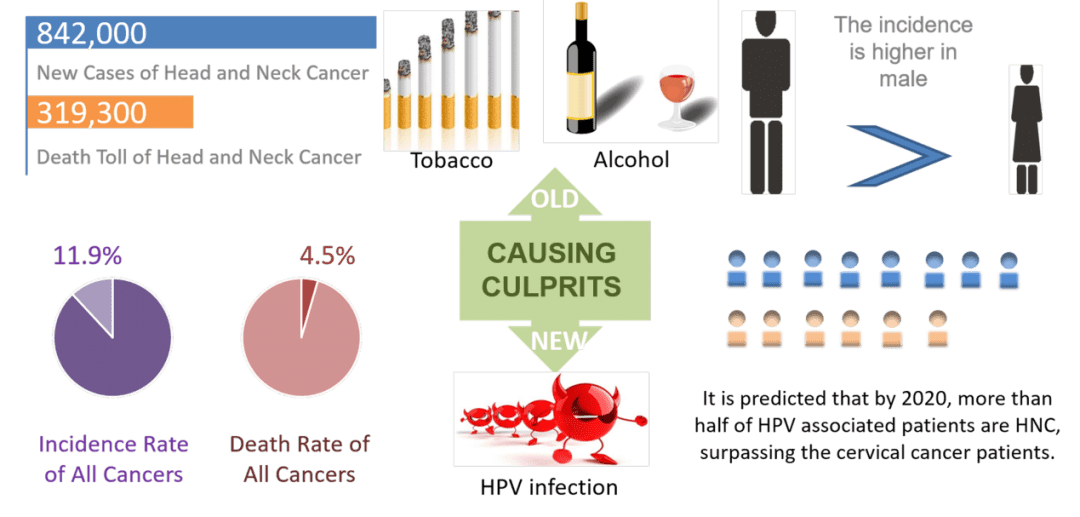

Nanoparticles can assist in treatment of Head and Neck Cancer patients by optimizing distribution of chemotherapy drugs for better outcomes and less side effects.
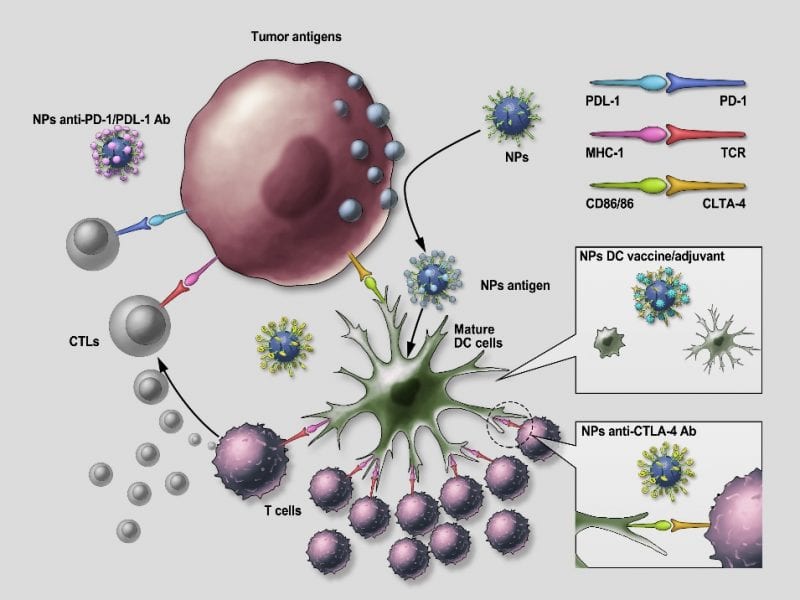
A diverse range of nanomaterials with different physicochemical characteristics have been developed to stimulate the immune system and battle cancer.
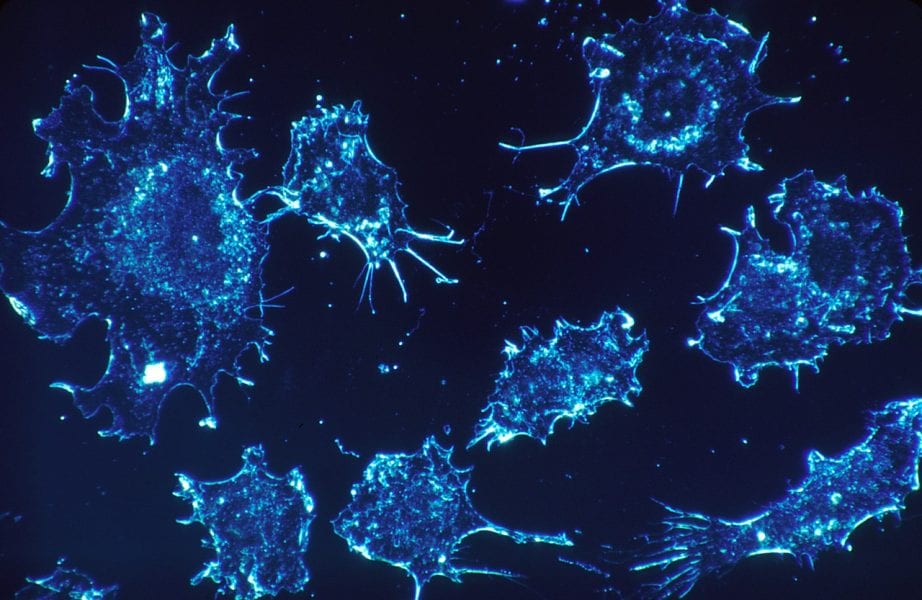
Circulating tumor cells (CTCs) are stray cancer cells that shed from the primary cancer site and travel to healthy tissues and organs via the blood or lymphatic circulation. Once CTCs settle in their new location, they transform healthy cells around them into cancerous cells.
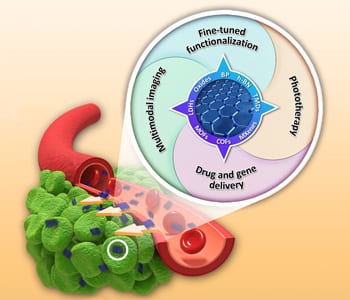
In a recent Review, a summary of 2D nanomaterials for used in cancer theranostics is provided.

Researchers have developed a controlled-release drug delivery system that uses focused ultrasound as an active induction method.
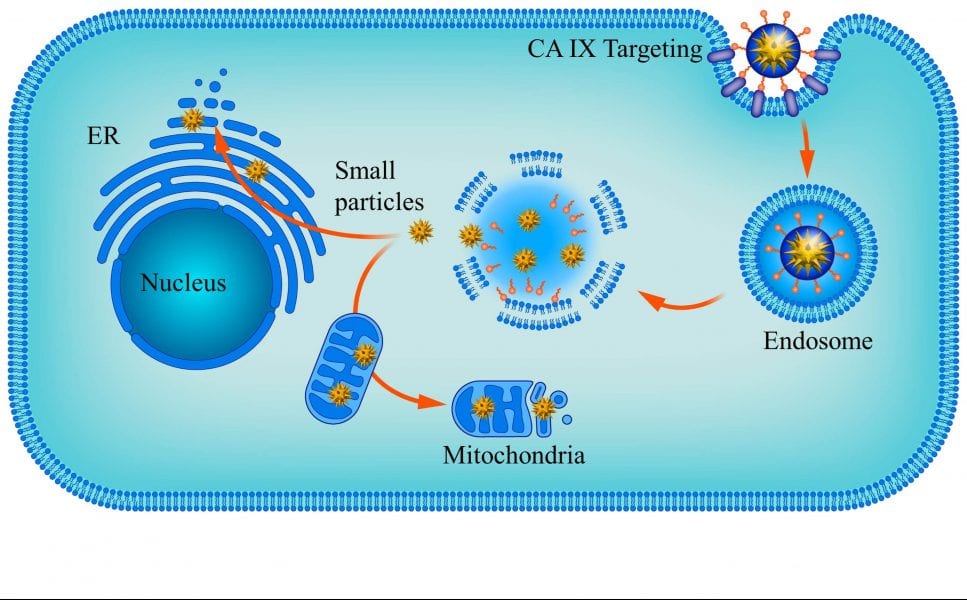
The fabrication of a specific nanomedicine, prickly shaped nanoparticles, enables a novel cancer treatment methodology.
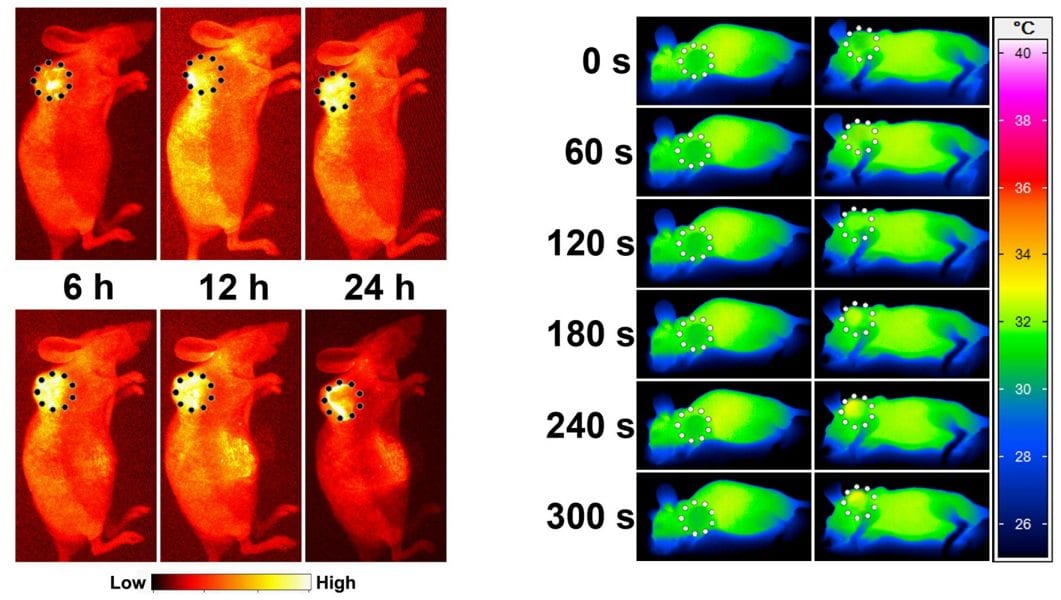
Photothermal core-shell nanoparticles that can release nitric oxide upon NIR irradiation efficiently reversing multi-drug resistance in cancer.
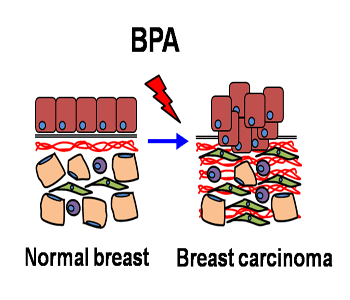
Effect of low-dose exposure to bisphenol A on carcinogenesis of breast cancer.
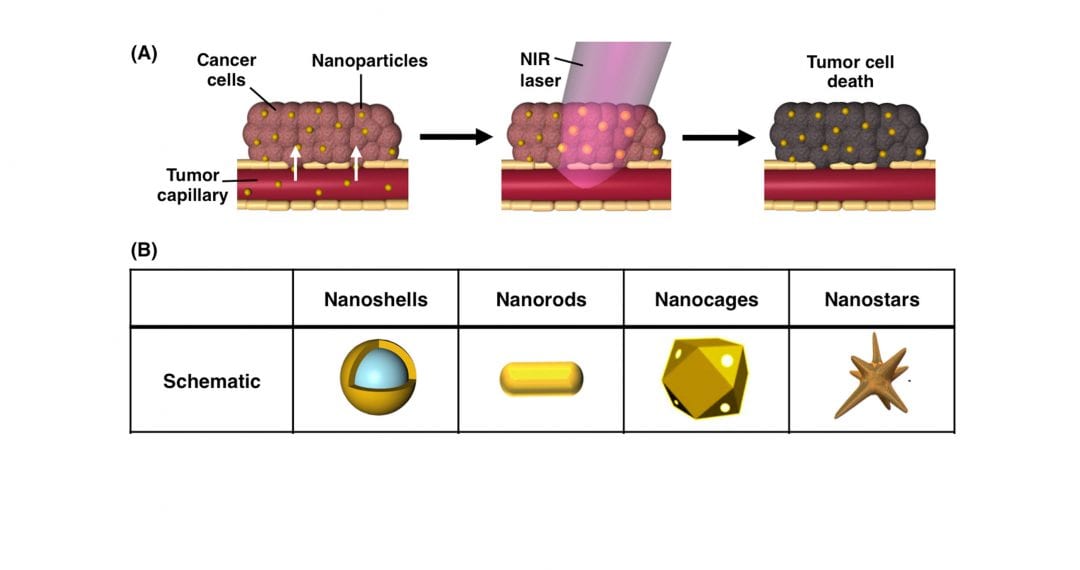
Photothermal therapy that uses gold nanoparticles to convert light to heat is effective against cancer both alone and combined with other therapeutic strategies is reviewed.

The anti-cancer properties of cinnamon extract have been recently published in Molecular Carcinogenesis.